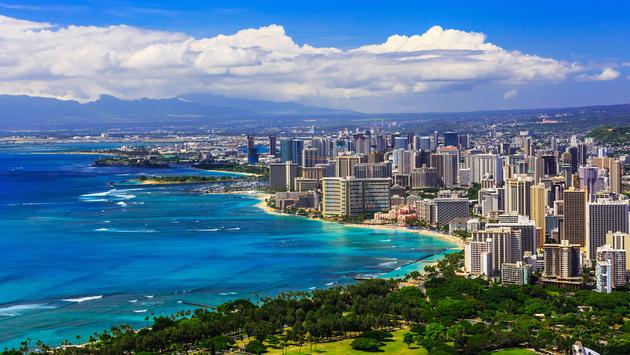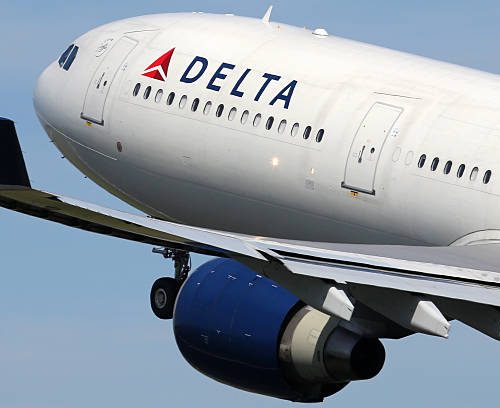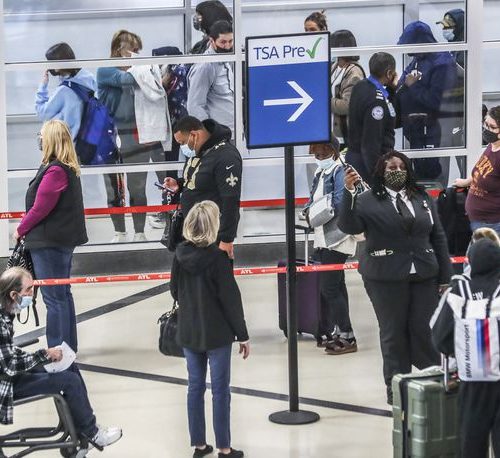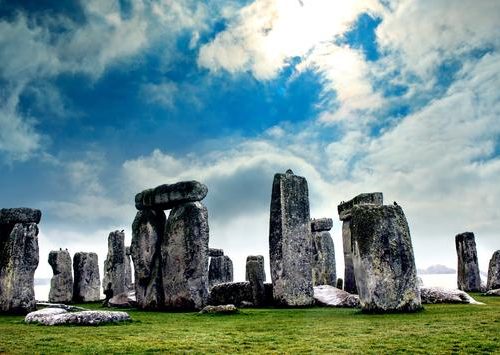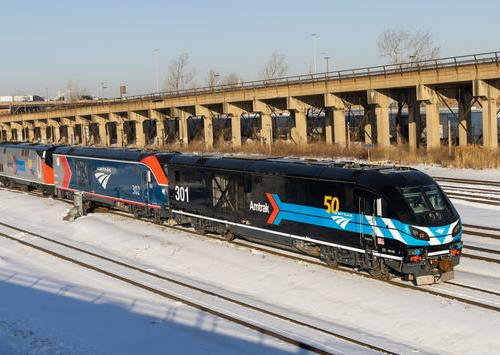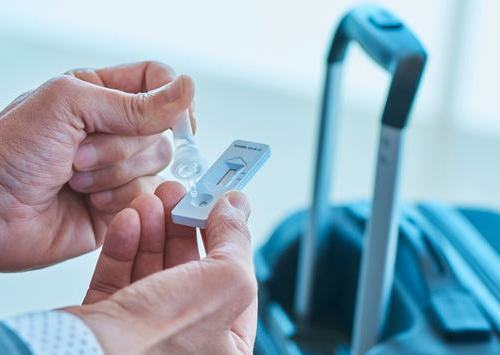LAURIE BARATTI | TravelPulse.Com
Troy Warren for CNT
Hawaii’s Governor David Ige has been criticized for insisting that the state’s Safe Travels program remain in effect until at least 70 percent of Hawaii’s population has been inoculated against COVID-19. Since COVID-19 vaccines aren’t approved for use in kids under age 12, that benchmark actually translates to something more like 82 percent of the residents who are eligible for vaccination.
While that bar might’ve already seemed difficult to reach, two Hawaii epidemiologists believe that even achieving those vaccination numbers won’t be enough to stop the spread of the highly communicable Delta variant. They opine that the state needs to continue the Safe Travels program, which now represents the country’s toughest set of traveler entry requirements, even longer.
“No, I don’t believe that’s a safe benchmark anymore,” said Dr. Tim Brown, an infectious disease modeler and senior fellow at the East-West Center, according to the Honolulu Star Advertiser. “It actually would have been a safe benchmark probably for the virus last year. It was low enough, effectively, at that point. The problem is, the more infectious the virus is, the higher the level of protection needed to reach so-called herd immunity.”
Dr. DeWolfe Miller, University of Hawaii emeritus professor and fellow in the American College of Epidemiology agrees. In fact, were the decision left up to Drs. Brown and Miller, no one who isn’t fully vaccinated would be allowed to board a plane bound for Hawaii, though that’s not a demand that states are allowed to make.
“We need to take every effort to crush this right here or we are just playing Russian roulette,” Miller said. “Right now, I don’t think that I’ve ever been so concerned. The safest, most conservative policy would be 100 percent vaccinated—that’s not epidemiological, it’s common sense. All the rest (of the public safety policies) are just workarounds.”
The epidemiologists consider the COVID-19 landscape in America now changed, due to the dominance of the virus’ highly transmissible Delta variant, which is being credited with causing the rising number of cases in Hawaii and on the U.S. mainland. Case counts on the islands have spiked severely since the busy Fourth of July holiday, with Saturday having been the tenth consecutive day where new case counts reached triple digits.
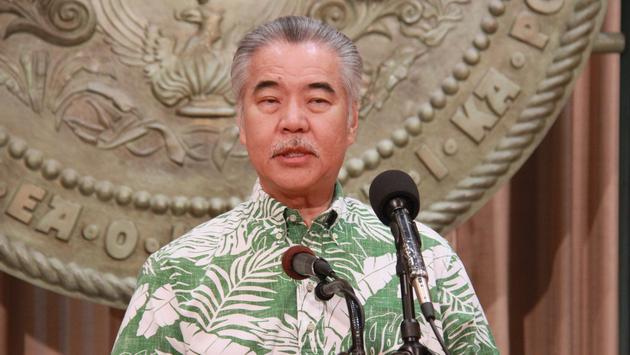
“The seven-day average of new cases went vertical this week,” Brown said. “Most of the rest of the U.S. is going vertical too.”
The fact that there’s been a sharp drop-off in the state’s vaccination rates in recent months isn’t helping the situation. The Department of Health’s last reported data shows that 59.6 percent of Hawaiians are fully vaccinated thus far.
The state’s Lieutenant Governor Josh Green, also an emergency room physician, shares the scientists’ concerns. He said that approximately 22 percent of the new COVID-19 cases that arose in Hawaii this month have been related to out-of-state travel.
“It’s highly likely that Safe Travels will be left in place throughout the rest of the year because it has effectively kept our travel-related cases down,” said Green. He believes that policies should actually be toughened, especially for returning residents who choose to quarantine instead of testing or getting vaccinated.
He advised, “Everyone should be vaccinated if traveling or at least get the pre-test. If you are not vaccinated, you shouldn’t travel right now because the risk of catching Delta is so high. People with the Delta variant have as much as 1,000 times the viral load.”
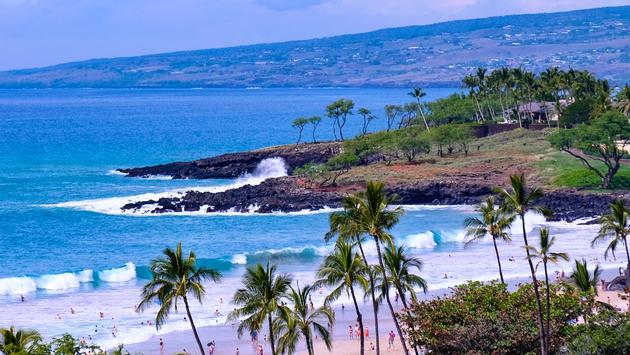
Critics who fear that Hawaii may eventually lose tourists to other destinations dislike the fact that the state has retained its travel restrictions while other parts of the U.S. have dropped theirs. But, Miller argues that the Aloha State is right to remain more restrictive because of its uniquely remote location and limited resources.
“We are 5,000 miles out in the middle of the water. You have a very small number of people coming by water, but most are arriving by air,” he said. “If you live in Wyoming, there’s not a thing you can do about your borders—there’s just too much space.”
Despite continued entry requirements, Hawaii’s visitor arrival counts are already nearing or at pre-pandemic levels. However, the Safe Travels program isn’t cheap to keep up and running, according to Hawaii’s Department of Defense, which told the Honolulu Star-Advertiser that the state spent $10 million on the program during the first half of 2021 and that costs are averaging $3.1 million monthly as visitor numbers increase.
In Other NEWS


























